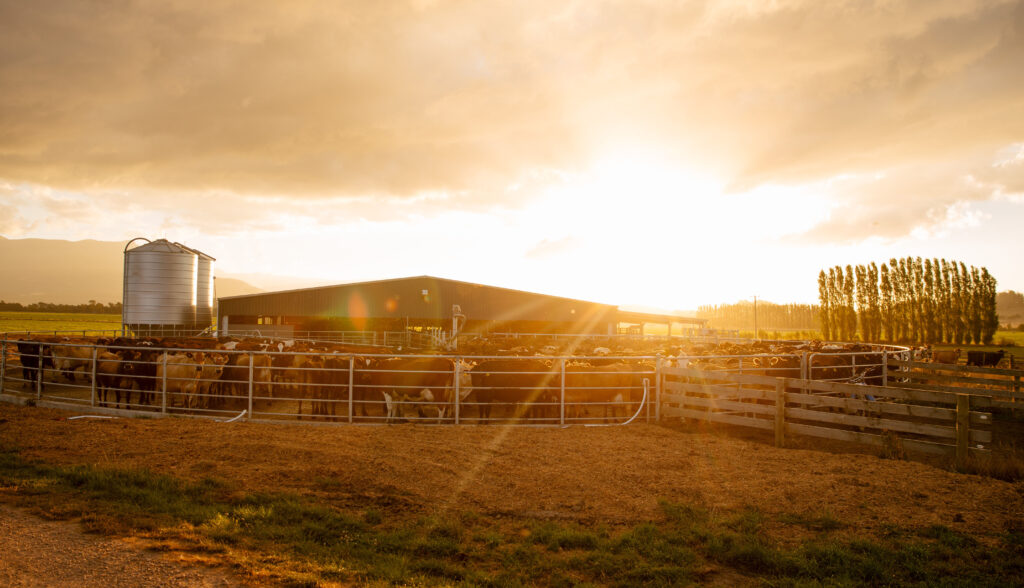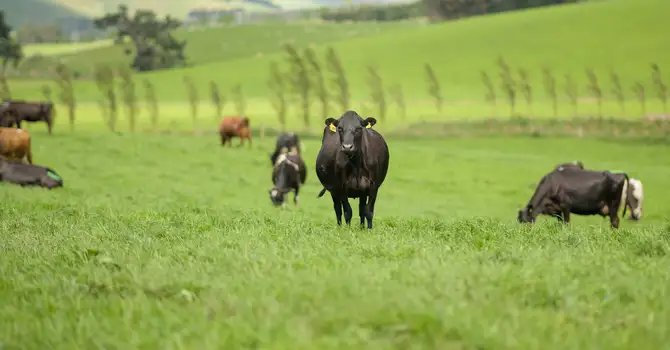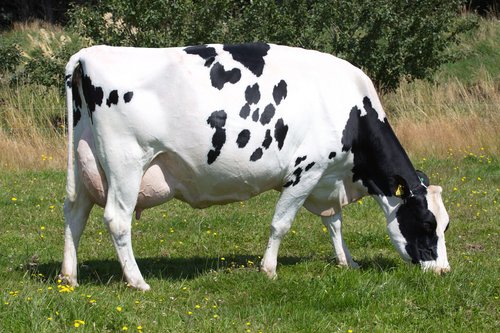Have you ever wondered about the secret to a long life in families whom all seem to live to a ripe old age? Is it their lifestyle, their circumstances or their genetics? In humans, longevity is an evolving science. New terminologies are appearing as researchers study nonagenarians, centenarians, semi-super and super-centenarians, trying to unravel the secret to their long life.
Longevity varies between families in other species too, and is certainly not a new concept to dairy farmers. Highly profitable, fertile, healthy and long-lived cows have been the dairy herd ideal for generations.

More years, more profit
Economically, the long-lived cow can achieve a maximum period of profitability milking for more seasons in her peak lactation years. Rearing replacements is costly and generally cows don’t recover their initial costs of breeding and rearing until they are into their second lactation.
When a higher percentage of the herd survives into the fourth and fifth lactation, per-cow milk production increases, driving cash flow, while improved cow survival allows a lower replacement rate. This can significantly reduce farm cost. The DairyNZ InCalf survival target is more than 50% of the herd living to four to eight years of age.
Welfare and environmental impacts
There’s a positive link between cow health, happiness and longevity.
Environmental efficiencies can also be achieved when increasing average herd age and quality. The environmental impact of a cow reduces when she does more lactations and kilograms of milk solids.
From a herd improvement perspective, better cow survival allows farmers to accelerate genetic gain through increased discretionary culling of the lower performing cows and breeding replacement heifers from superior animals.
Cow survival is 6% heritable, meaning the environment plays a significant part in phenotypic longevity. The environment covers many things, including how well heifers are grown, hybrid vigour (which impacts significantly on cow longevity), and farm management decisions such as discretionary culling and optimal replacement rates.
Breeding for longevity
There is an opportunity to breed for improved genetic longevity due to the significant variation for the trait in the general cow population. The standard deviation for longevity in the New Zealand cow population is 141.2 days.
Fertility and production performance significantly influence a cow’s life expectancy in the herd. Many other factors also affect her chances of survival, which should be accounted for in animal breeding.
In New Zealand’s Breeding Worth (BW) index, the trait residual survival represents the genetic merit for survival in the herd beyond what is accounted for by other BW traits such as production and fertility. With a 9% weighting in BW, it incorporates some non-production traits, including those most strongly correlated with the likelihood of survival. These traits include owner opinion, milking speed, leg conformation, dairy conformation and udder overall.
The influence of the traits varies depending on the age of the cow. Body condition score and milking speed are more strongly linked with early life survival, while udder and leg traits have more connection with later-life survival.
Estimation of genetic longevity can be complex. Farmers consider many factors in the retention of a cow. The longevity trait itself also takes a long time to be fully expressed.
Predictor traits are used to help with estimations. These give a good indication of the likelihood of survival of a bull’s daughters. Predictor traits include production, health and fertility traits as well as the non-production traits previously mentioned. Advances in genomic evaluation also help improve longevity estimations.
Survival trends
The survival trend for New Zealand cows is strongly positive, averaging +14.7 days per year (Figure 1).
Figure 1. Genetic trends for longevity of New Zealand cows by breed. Source: NZAEL
The average total longevity breeding value (BV) for cows in 2019 is 134 days. This means they have the genetic potential to last 134 days longer in the herd than the genetic base.
Recent research (2018) has shown that New Zealand has had no increase in mortality risk over the last 20 years. This contrasts to international trends of increased mortality in modern dairying countries. Actual herd life for New Zealand cows increased by six days per year between 1990 and 2003.
As a balanced index BW is delivering gains across longevity and other important traits, helping provide farmers with more choice for culling and breeding in their herds.
References:
Stachowicz K, Quinton C, Meyer S, Amer P, Phyn CVC. (2017) Genetic Parameters of Cow Functional Survival and Correlations with Predictor Conformation and Farmer-Opinion Traits with Recommendations for Genetic Evaluation Interbull bulletin no.51
NZAEL www.dairynz.co.nz/animal/ animal-evaluation/ Accessed 10 February 2020
Berry DP, Harris BL, Winkleman AM, Montgomerie W. (2005) Phenotypic Associations Between Traits Other than Production and Longevity in New Zealand Dairy Cattle J. Dairy. Sci. 88:2962-2974
Compton CWR, PhD, Massey University (2018)
Miglior F, Fleming A, Malchiodi F, Brito LF, Martin P and Baes CF. (2017) A 100 year Review: Identification and genetic selection of economically important traits in dairy cattle. (2017) J. Dairy. Sci. 100:10251-10271
AHDB, Animal Health and Welfare https://dairy.ahdb.org.uk/technical-information/animal-health-welfare/#.XX7zrSgzaUk Accessed 16 September 2019
US National Library of Medicine https://ghr.nlm.nih.gov/primer/traits/longevity Accessed 10 February 2020





